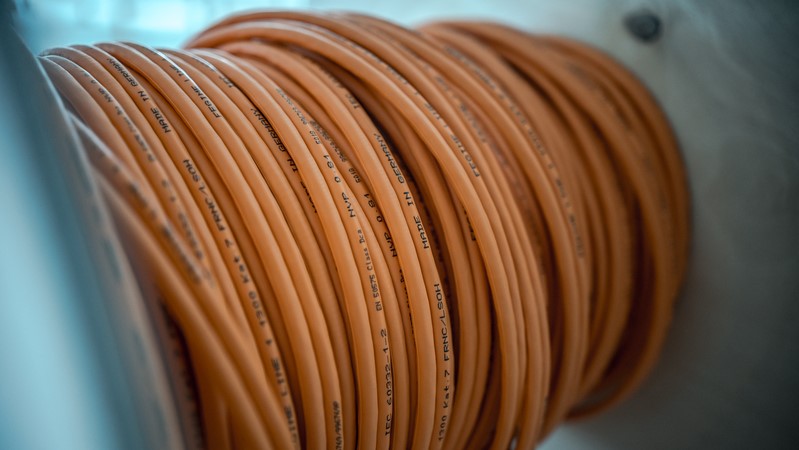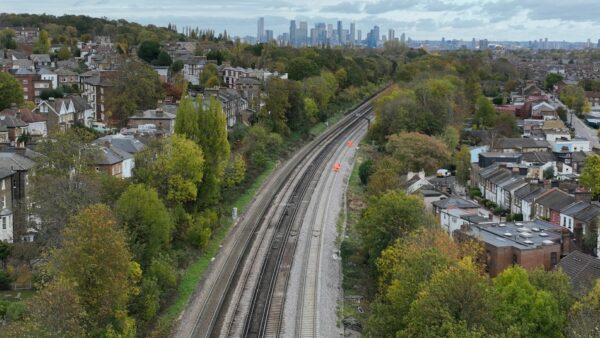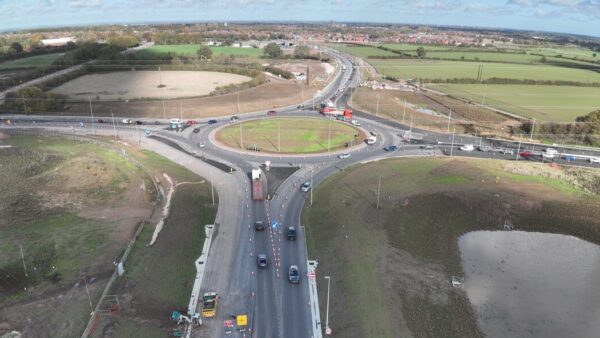
The government has set aside £4m for a trial to feed fibre optic broadband cables through water pipes to connect up rural areas, while cutting down on digging up roads.
The money will be made available to innovators to trial what could be quicker and more cost-effective ways of expanding the broadband network in remote locations.
The government said civil works, in particular installing new ducts and poles, can make up as much as four fifths of the costs to industry of building new gigabit-capable broadband networks.
The project will also involve putting connected sensors into the pipes to detect leaks at the same time. Around 20% of water put into the public supply is lost to leaks, with water companies committed to reducing them by 50%.
Any solution used to trial fibre optic cables in the water mains will be approved by the Drinking Water Inspectorate (DWI) before being used in a real-world setting. Fibre has already been deployed in water pipes in other countries such as Spain.
The government is already considering giving broadband firms access to more than a million kilometres of underground utility ducts to boost the rollout of next-generation broadband – including electricity, gas and sewer networks – and will soon respond to a consultation on changing regulations to make infrastructure sharing easier.
The Fibre in Water project is due to conclude in March 2024. The final year of the project will explore the scaling of proven solutions across the country.
The deadline for applications to the competition is 4 October.
Digital infrastructure minister Matt Warman said: “The cost of digging up roads and land is the biggest obstacle telecoms companies face when connecting hard-to-reach areas to better broadband, but beneath our feet there is a vast network of pipes reaching virtually every building in the country.
“So we are calling on Britain’s brilliant innovators to help us use this infrastructure to serve a dual purpose of serving up not just fresh and clean water, but also lightning-fast digital connectivity.”
Stephen Unger, commissioner at the Geospatial Commission, said: “Fibre is the future of digital communications. Its unmatched performance and reliability can seamlessly connect our society together. But it took over a hundred years to build the legacy copper network, so replacing it with fibre won’t be easy.
“The best way to meet this challenge is to use existing infrastructure, such as the water pipes that already reach every home and business in the country. Our ambition must be for reliable broadband to become as easy to access tomorrow as drinking water is today.”
Comments
Comments are closed.












It would inspiring to see how innovative constructive ideas can help the society we live in with better access in remote parts of the country, the connectivity in joining people do better business alongside the British weather of excruciating heat in the spring and summer then in Autumn torrential rains, storms, flooding in all parts of the country whether it’s rural or the city, as well as lightning strikes which damage electrical power outlets, indoor electrical appliances, etc. It is for our home innovators to come up with something which can have a lasting impact for many generations past and present to be appreciated given the fact futuristic goals can be achieved with more excellence rapidly growing in the world of minds with imagination and great creativity.
Is this the same as Googles dark water initiative?
Flush a cable down the toilet and it will get connected?
Wasnt that an April fools?